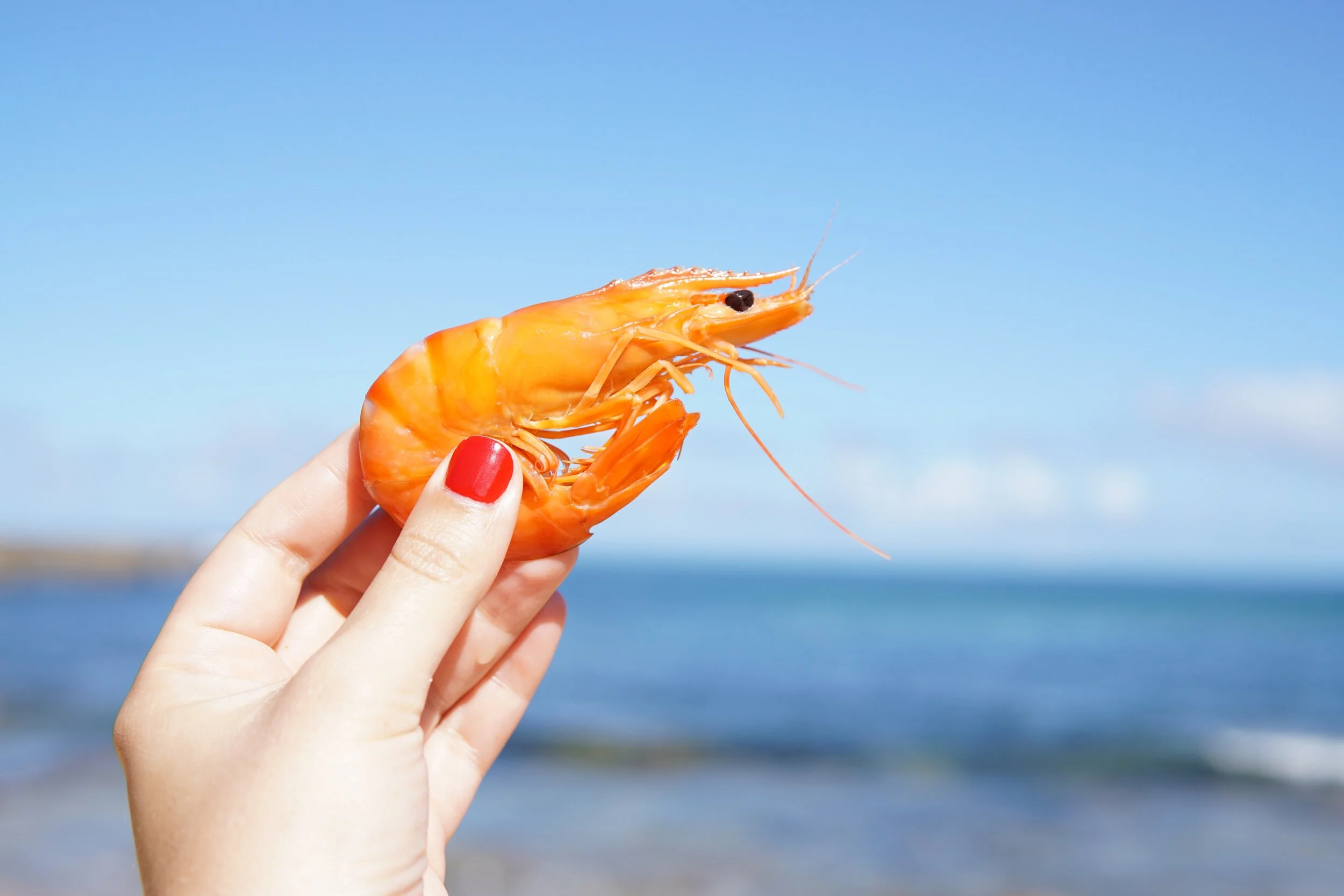A Day in the Life of a Shrimp
Surprising Facts About Shrimp
Have you ever heard the phrase that: “Shrimp are the janitors of the sea?” If you haven’t, don’t be ashamed; we literally just made it up one sentence ago. But it’s true. In today’s blog post, we are breaking down a day in the life of a shrimp, and let me tell you, it is spotless.
Lifecycle of Shrimp
Shrimp don’t live very long lives. One to six years is the lifespan of most shrimp. Ghost Shrimp live on the lower end of that range, only up to one year, while Caridean Shrimp can live up to six years. As such, shrimp develop quite quickly, going through several larval stages over just a couple of weeks before they become tiny versions of adult shrimp. This causes the shrimp to consistently molt their skin as they continue to grow. They won’t become full-fledged adult shrimps (and thus be available for consumption) until seven to eight months from the time they hatch.
And while they may not have a long life, it doesn’t make their lives any less important here on the planet. In fact, shrimp play an invaluable role in helping keep our oceans, seas, and streams clean.
What do they do?
As I mentioned before, they are janitors. The seas ‘street sweepers,’ so to speak. Not just janitors, though, some shrimp get their fix by being dentists and cleaning the mouth of other fish. The Pacific Cleaner Shrimp species (Lysmata Amboinensis) wave their antennas around in a dancing motion to attract fish and signal to them it’s time to have their check-up. Fish oblige these shrimp and open their mouths, and the shrimp then enter the mouths of these fish and clean off blood-sucking parasites from within.
Something else that may come as a surprise is to know that shrimp are omnivores, meaning they will eat anything. And, if we’re being truthful, they are quite opportunistic. It doesn’t matter whether the thing they eat is alive or dead, they will eat it. It goes to show their level of dedication. Twenty-four hours a day, they are never not doing their job—cleaning up the riffraff. And this is great for ridding the fish tank, the sea, and the streams of minor forms of pollution, like algae, dead and living plants, decaying worms, leftover bits of fish food, etc. I think you get the point.
And just like any good workforce, there are special shrimp dedicated to keeping the sea clean at night. The Peppermint Shrimp species (Lysmata Wurdemanni) are a nocturnal breed. While the other shrimp are scheduling dentist appointments or cleaning up nooks and crannies during the day, these shrimp are taking a good ol’ snooze, resting from a night of hard work.
And when the shrimp get tired of walking everywhere, or perhaps want to take a break from cleaning for a little, they prefer to practice their backstroke. That’s right. Did you know that shrimp are actually really good swimmers? While this isn’t the typical swimming we see from fish (because shrimp have no fins) they can propel themselves backward by flexing their abdominal and tail muscles in quick succession.
If you want to see awesome footage of shrimp in action, watch the short video by National Geographic below.
Our Final Two Shrimps’ Worth
With how busy shrimp are, it is no wonder why shrimp are such lean, mean, cleaning machines and why they should be considered a part of any healthy diet. On average, 100 grams of shrimp has only 99 calories. This breaks down into .3 grams of fat, .2 carbs, and a whopping 24 grams of protein.
I guess cleaning all day really does have its benefits. To see how shrimp can help you clean up your diet, take a look at the delicious shrimp options featured in our menu.
